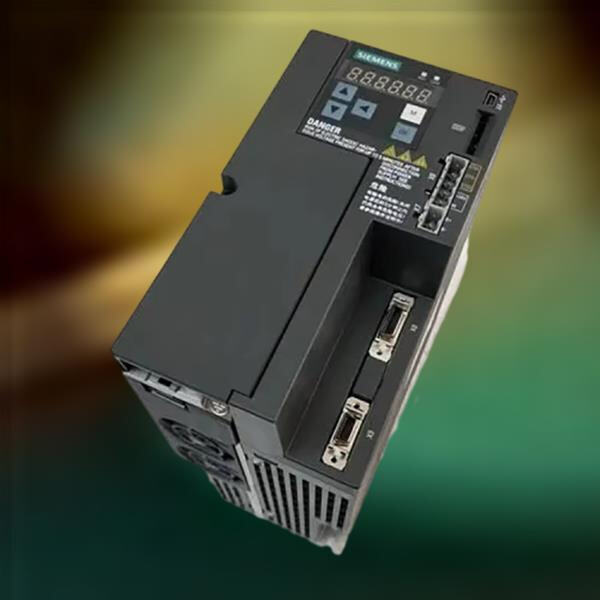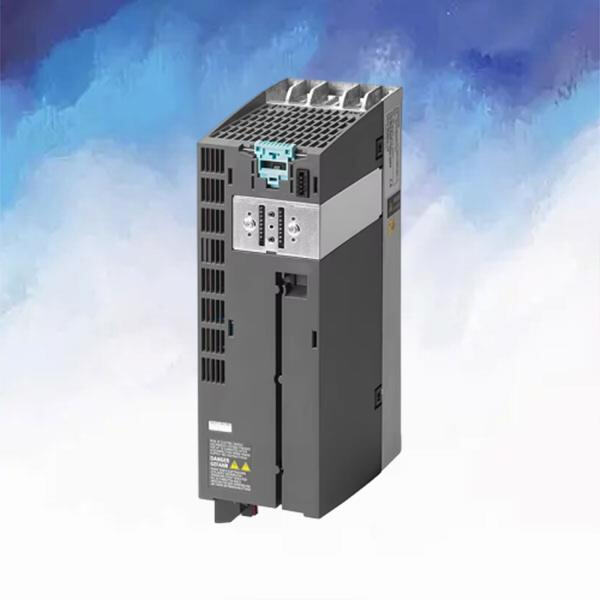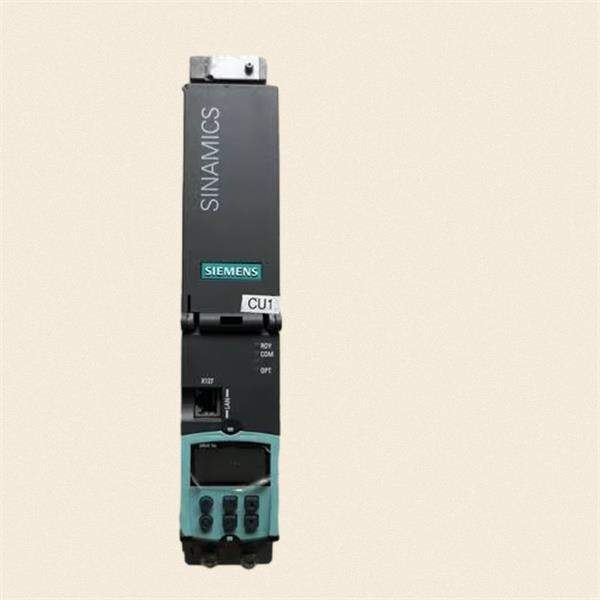Електрика може перетворювати різні напруги на частоти, чи знаєте ви? Цей процес називається перетворення напруги в частоту. І це важлива концепція в електротехніці. По суті, це перетворення сигналу змінної напруги на фіксовану та підраховану частоту, що, у свою чергу, може допомогти зрозуміти зміни частоти по відношенню до часу. Це важливо для багатьох електронних пристроїв і програм.
Питання полягає в тому, як саме відбувається цей процес? Логічний потік такий: ми починаємо з вхідного сигналу напруги (кінець кінцем змінюється з часом). Далі ми перетворюємо цю напругу на хвилю, яка є просто сигналом на осцилографі. Потім він подається на перетворювач напруги в частоту. Цей пристрій приймає форму хвилі та перетворює її на вихідну частоту. Він робить це, вимірюючи коливання, швидкість руху хвилі вгору та вниз. Частота видається залежно від сили або слабкості вхідної напруги. Вихідна частота лінійно пропорційна вхідній напрузі: якщо збільшити напругу, при якій він працює, зміни відбуватимуться швидше; але, навпаки, нижча напруга означає менше змін. Такі інструменти, як осцилографи та частотоміри, зазвичай використовуються для візуального розуміння змін, що відбуваються в ньому.

Перетворення напруги в частоту є ключовим поняттям майже в кожній галузі електротехніки. Він уже впроваджується в таких сферах, як авіація, телекомунікації та транспорт. Ці перетворювачі, які допомагають вимірювати, наскільки високо та швидко літають літаки в авіаційній промисловості. Ці дані мають вирішальне значення для безпеки польотів, як інструмент, на який покладаються пілоти та авіадиспетчери. Перетворення напруги в частоту використовується в транспортній галузі для контролю швидкості руху поїздів і автомобілів для безпечнішої та ефективнішої роботи. Ці перетворювачі також використовуються в телекомунікаціях, де вони перетворюють аналоговий (безперервний сигнал) у цифровий формат, що полегшує роботу комп’ютерів і процес.

Для обробки сигналів і зміни частоти потрібні перетворювачі напруги в частоту. Вони приймають сигнал напруги, що надходить, і перетворюють його в сигнали частоти. Це полегшує роботу сигналу для комп’ютерів та інших цифрових систем. Після того, як сигнал було оброблено (збільшено або іншим чином змінено), ви можете перетворити його назад у напругу за допомогою іншого приладу, який називається перетворювач частоти у вольт. Перетворювачі напруги в частоту широко використовуються в обробці звукових сигналів. Тут вони допоможуть конвертувати звуки (музику чи мову) у цифрові формати, щоб комп’ютери могли працювати з ними в програмі на зразок Audacity.

Ви можете прочитати цей короткий посібник, щоб дізнатися про різні типи вигнутих стрічкових конвеєрів FSBN і їх використання. Тип вхідного сигналу та вихідна частота визначають тип перетворювача напруги в частоту. Існує кілька типів перетворювачів, включаючи лінійний перетворювач V/F. Він створює частоту, яка прямо пропорційна вхідній напрузі, тому збільшення напруги збільшує її лише лінійно. V/F перетворювач із широтно-імпульсною модуляцією (ШІМ): це, мабуть, найбільш часто використовуваний тип. Це та сама фіксована частота, яку генерує цей конкретний перетворювач, але він змінює свій робочий цикл, який стосується тривалості увімкнення та вимкнення. Це змушує його створювати стандартну частоту, яка відповідає напрузі входу.